Monica Bonvicini ‘I do You’ review: bondage, mirrors and feminist takes on masculine architecture
Emily McDermott reviews Monica Bonvicini’s much-anticipated exhibition ‘I do You’ at Berlin’s Neue Nationalgalerie (until 30 April 2023)
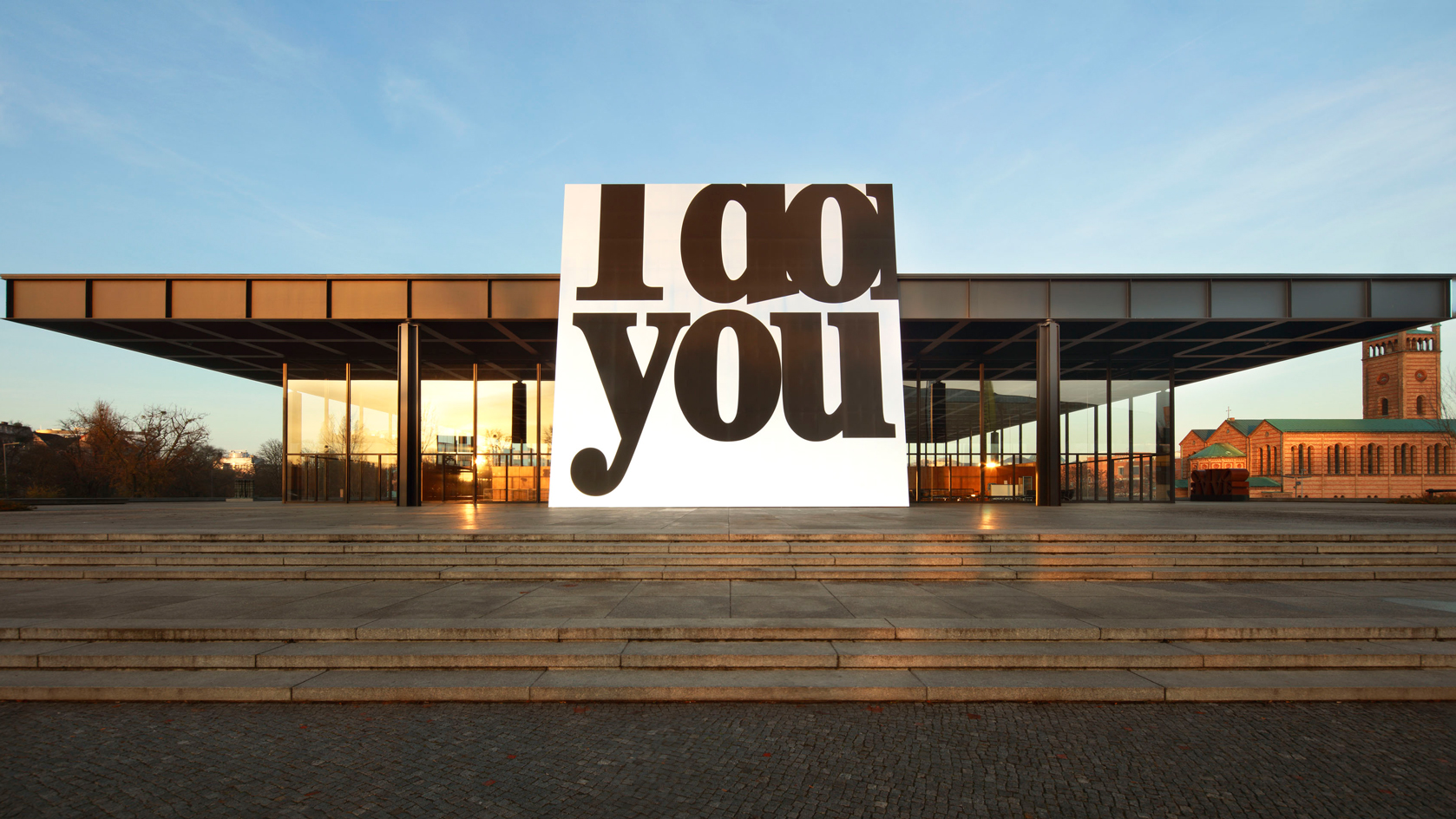
Monica Bonvicini’s new exhibition ‘I do You’ at the Neue Nationalgalerie in Berlin is nothing short of monumental—a scale that reflects her practice at large. Bonvicini is known for her site-specific, architecturally transformative works, a factor that means although this exhibition features pieces from the 1990s until today, it is not quite a retrospective. Rather, it is an installation representative of her expansive oeuvre but also focused on her modes of feminist and architectural inquiry, specifically tailored to the Mies van der Rohe-designed building. In fact, I found that the smallest work in the show—and the first one encountered inside—truly set the tone: an old TV monitor on the floor plays Hausfrau Swinging (1997), a video showing a woman wearing nothing but a cardboard model of a house over her head. Alone in an empty room, she bangs her head against two white walls. The sounds of the impact ring out with force; she is at once liberated and trapped within a home. Her body might be free, but her head, perhaps her thoughts, are confined.
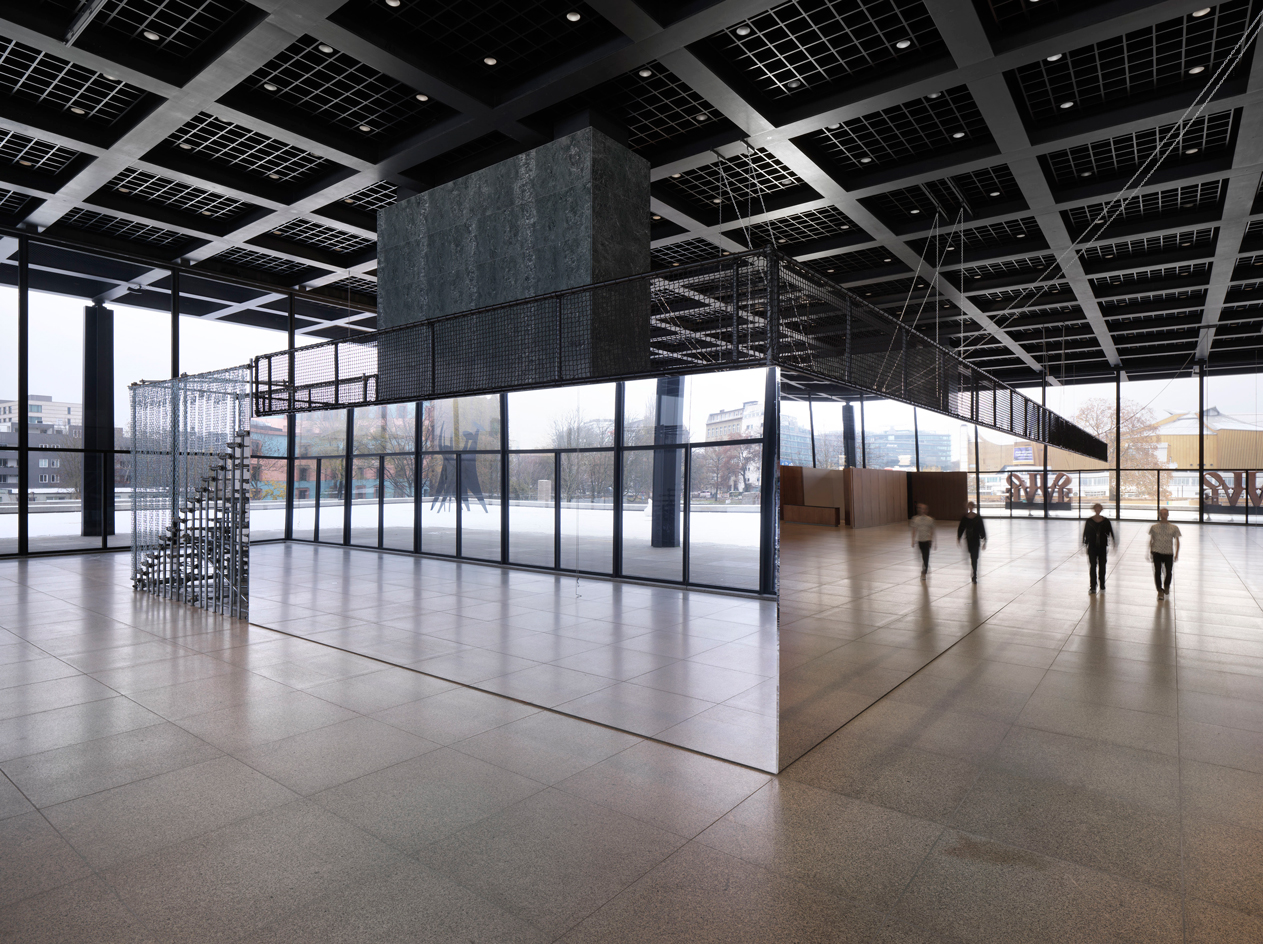
Monica Bonvicini ‘I do You’, Neue Nationalgalerie Berlin
The echoes of this woman’s struggle and her fight against the architecture imposed on her sound throughout the exhibition space—the focal point of which is Upper Floor (2022), a functional platform that divides a space renowned for its expansiveness, clarity, and transparency into two levels. The staircase going up is the work SCALE OF THINGS (to come) (2010); three sides are covered in reflective foil inscribed with quotes about architecture (Doors, 2022) and the word ‘desire’ (Desire, 2006); and on top of the platform are sculptures like Bonded Eternmale (2002/2022), Chainswing Belts, and Chainswing Leather Round (both 2022), all of which invite viewers to rest. The floor is covered with Breach of Décor (2020–22), a polyamide carpet printed with hundreds of photographs of Bonvincini’s pants—ranging from Adidas sweats to blue, white, and black jeans—crumpled on the floor. The result is a welcoming, interactive space that could, in theory, resemble a domestic interior. However, the materials used immediately evoke other associations, transforming any such notions into something more reminiscent of lounge areas in Berlin’s clubs: Bonded Eternmale is a set of four design chairs by Swiss designer Willy Guhl, but each one is covered in a piece of black leather connected with a steel ring. The Chainswings resemble hammocks but are constructed from stainless steel chains. Leather accents dangle from one; loose chains collide on the other.
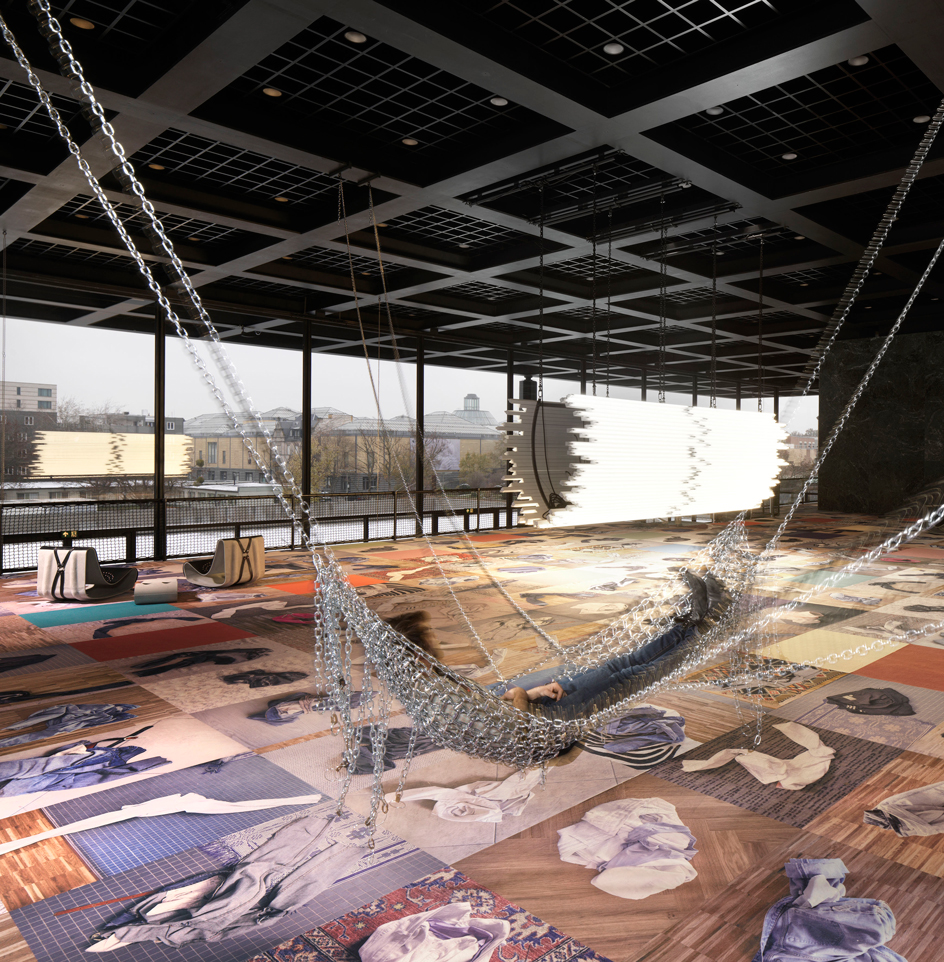
Monica Bonvicini, Breach of Decor, 2020-2022, installation view of 'I Do You' at Neue Nationalgalerie, Berlin
Moreover, from this platform, the entirety of the exhibition space can be seen. In one far-away corner hangs Bent Glass (2022), comprising LED neon tubes strung tightly together with black leather, simultaneously referencing the traditionally female craft of weaving and the traditionally masculine notions of industrialisation. Along three of the building’s glass walls hangs You to Me (2022), a series of 20 sculptures, each one made of two floor-to-ceiling chains with a black steel handcuff on either end. Visitors are encouraged to lock themselves to the chains, and the rules stipulate they must do so for a minimum of 30 minutes. During this time, they can stand, sit, and look inside or out, but they are trapped in place. Other visitors, meanwhile, circle around them. Chaining oneself is at once an act of meditation and submission, yet when witnessed from the platform, the visitor becomes an overseer: from here, you can watch everyone chained in place, staring at themselves in the reflective foil or outside into freedom. It’s an unsettling feeling, especially when backdropped by the sounds of the hausfrau struggling to escape. In any kind of game of submission, there is both a passive and an active player; in this exhibition, Bonvicini asks the viewer to be both. And in doing so, ‘I do You’ ensures that a visitor’s perspective—towards the space, themselves, and their surroundings—continuously changes.
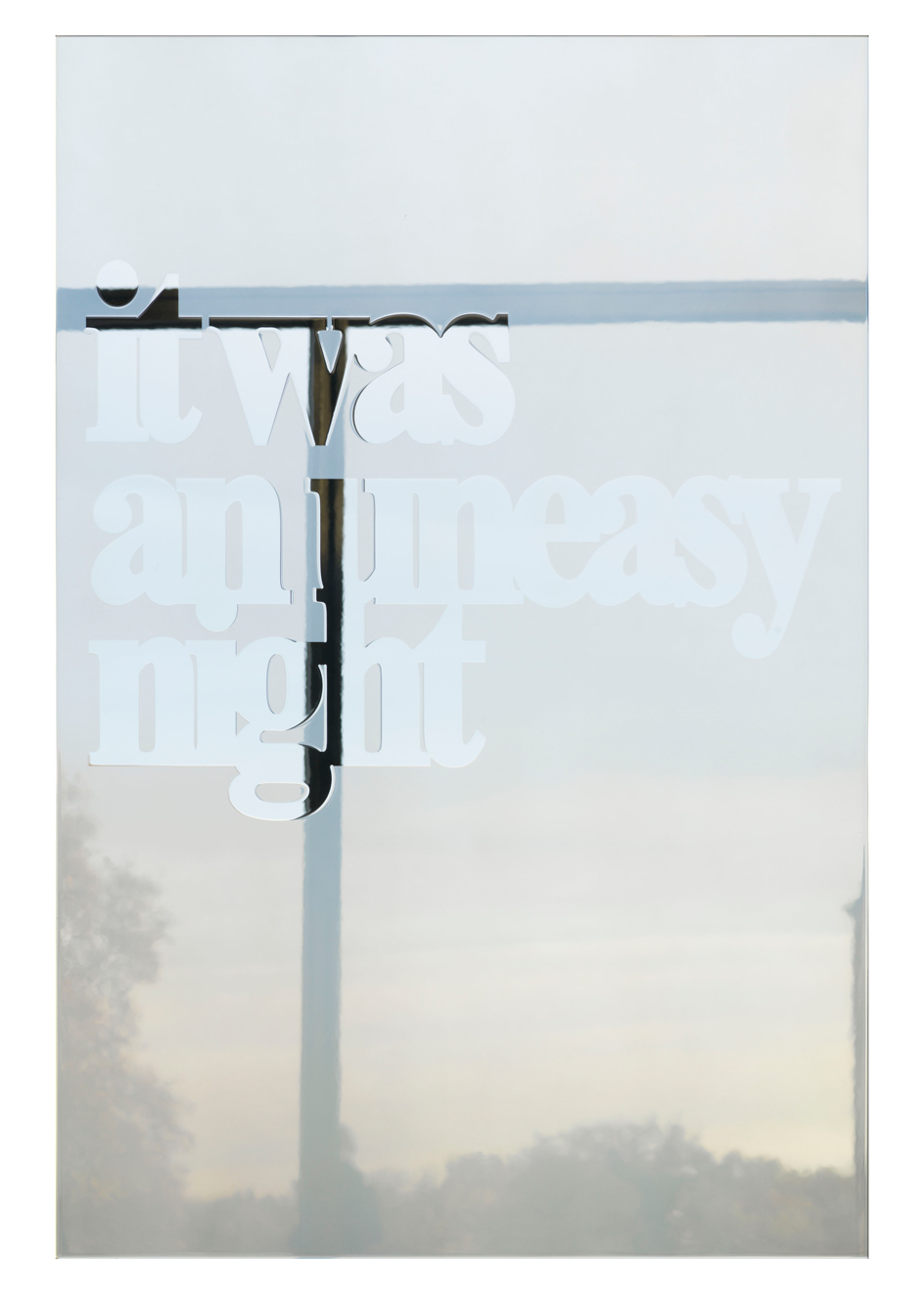
Monica Bonvicini, from the series: Doors, 2022, in 'I Do You' at Neue Nationalgalerie, Berlin
Monica Bonvicini, 'I Do You', until 30 April 2023, Neue Nationalgalerie, Berlin. smb.museum
Potsdamer Str. 50,
10785 Berlin
Wallpaper* Newsletter
Receive our daily digest of inspiration, escapism and design stories from around the world direct to your inbox.
-
 Tour the best contemporary tea houses around the world
Tour the best contemporary tea houses around the worldCelebrate the world’s most unique tea houses, from Melbourne to Stockholm, with a new book by Wallpaper’s Léa Teuscher
By Léa Teuscher
-
 ‘Humour is foundational’: artist Ella Kruglyanskaya on painting as a ‘highly questionable’ pursuit
‘Humour is foundational’: artist Ella Kruglyanskaya on painting as a ‘highly questionable’ pursuitElla Kruglyanskaya’s exhibition, ‘Shadows’ at Thomas Dane Gallery, is the first in a series of three this year, with openings in Basel and New York to follow
By Hannah Silver
-
 Australian bathhouse ‘About Time’ bridges softness and brutalism
Australian bathhouse ‘About Time’ bridges softness and brutalism‘About Time’, an Australian bathhouse designed by Goss Studio, balances brutalist architecture and the softness of natural patina in a Japanese-inspired wellness hub
By Ellie Stathaki
-
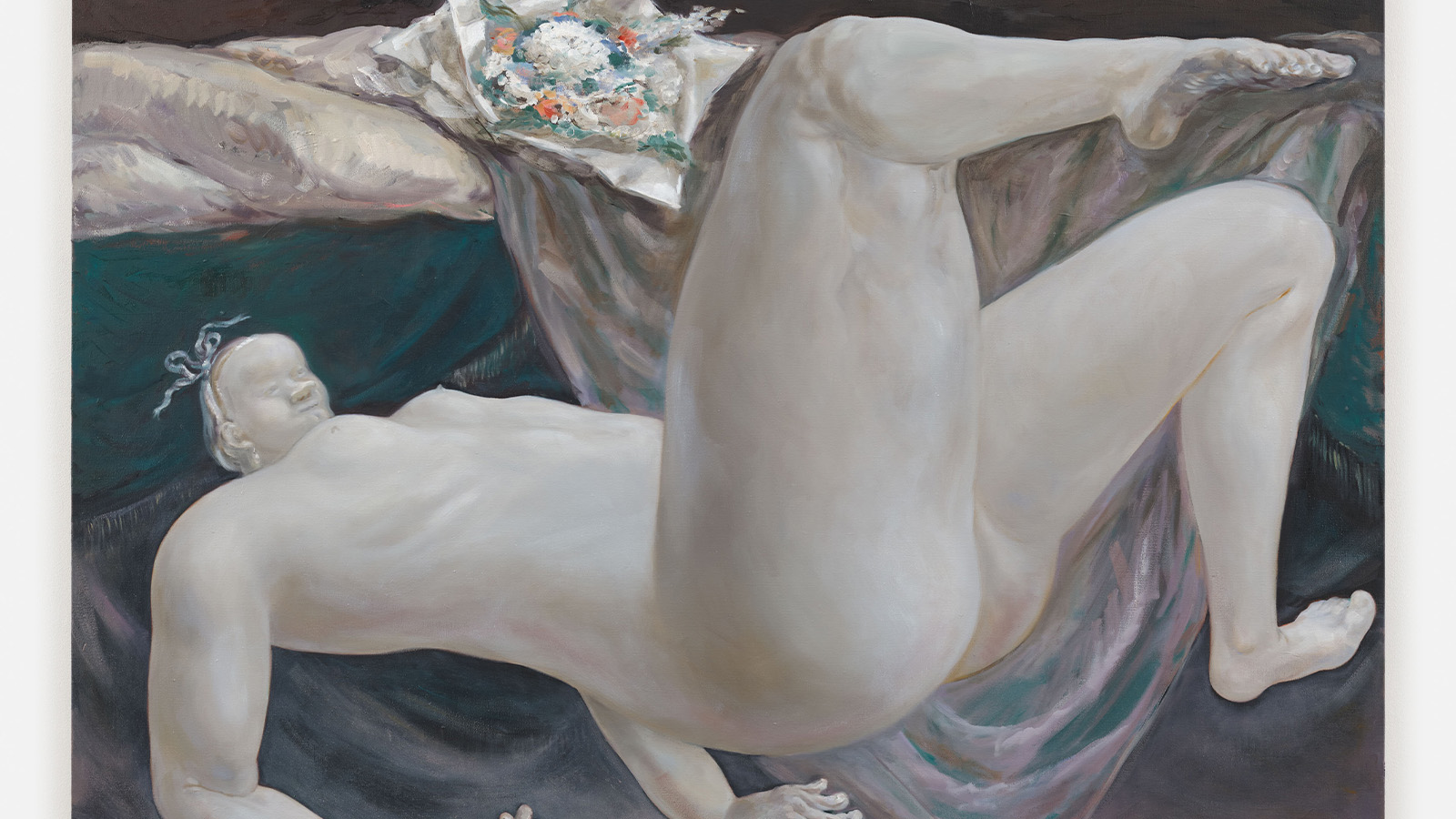 Louise Bonnet’s falling figures depict an emotional narrative to be felt rather than told
Louise Bonnet’s falling figures depict an emotional narrative to be felt rather than toldLouise Bonnet’s solo exhibition 'Reversal of Fortune' at Galerie Max Hetzler in Berlin, nods to historical art references and the fragility of the human condition
By Tianna Williams
-
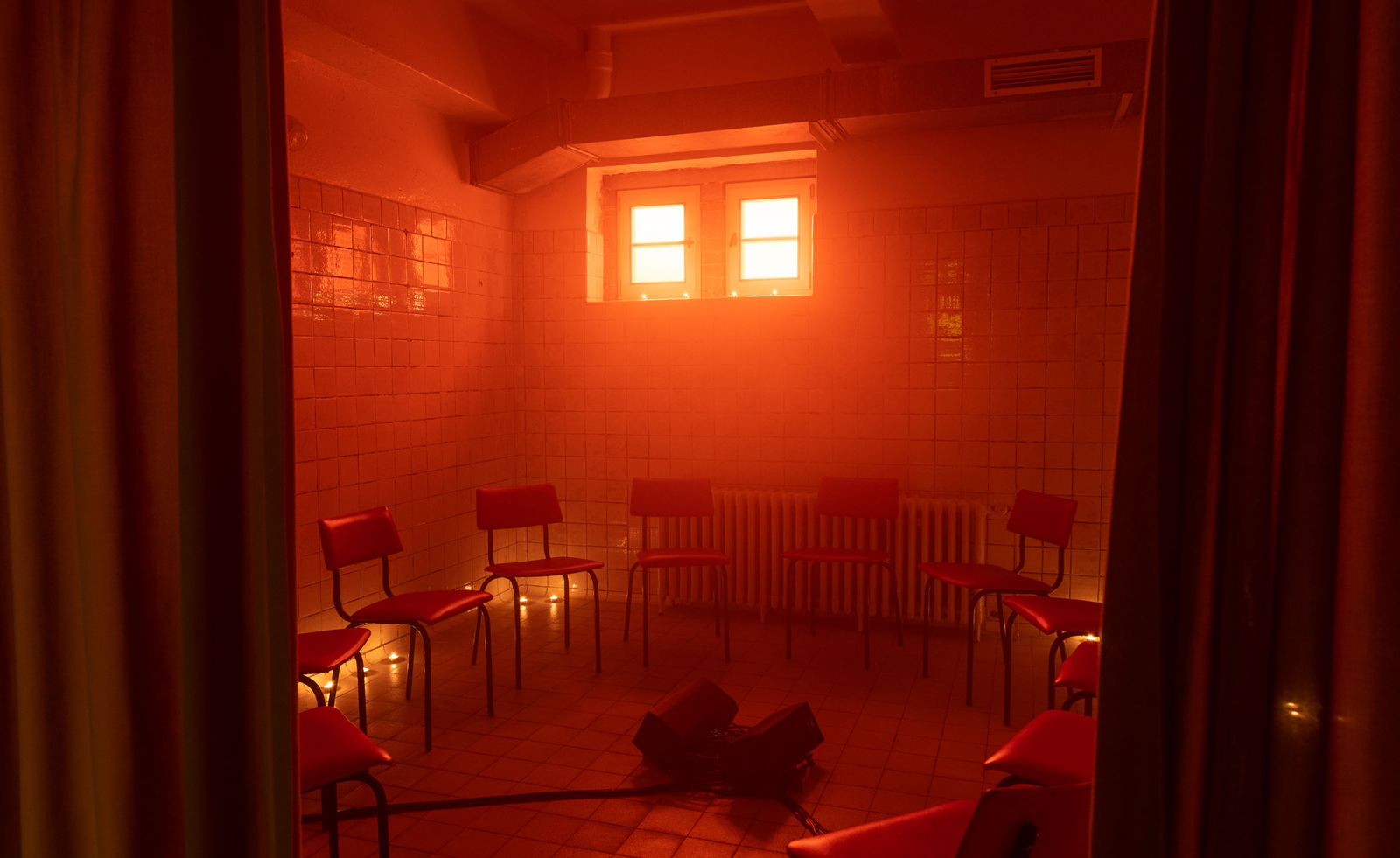 Inside E-WERK Luckenwalde’s ‘Tell Them I Said No’, an art festival at Berlin's former power station
Inside E-WERK Luckenwalde’s ‘Tell Them I Said No’, an art festival at Berlin's former power stationE-WERK Luckenwalde’s two-day art festival was an eclectic mix of performance, workshops, and discussion. Will Jennings reports
By Will Jennings
-
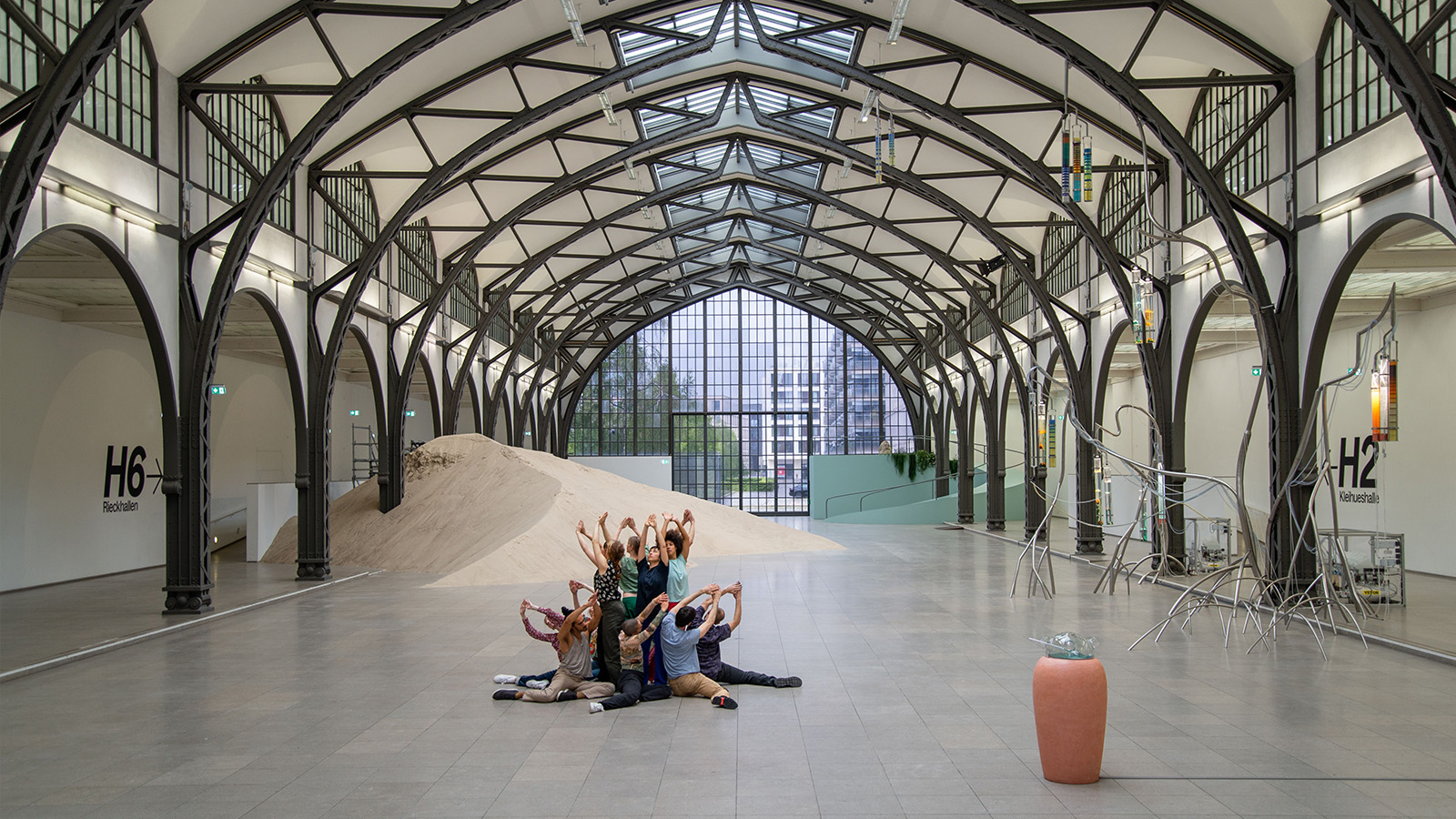 Alexandra Pirici’s action performance in Berlin is playfully abstract with a desire to address urgent political questions
Alexandra Pirici’s action performance in Berlin is playfully abstract with a desire to address urgent political questionsArtist and choreographer Alexandra Pirici transforms the historic hall of Berlin’s Hamburger Bahnhof into a live action performance and site-specific installation
By Alison Hugill
-
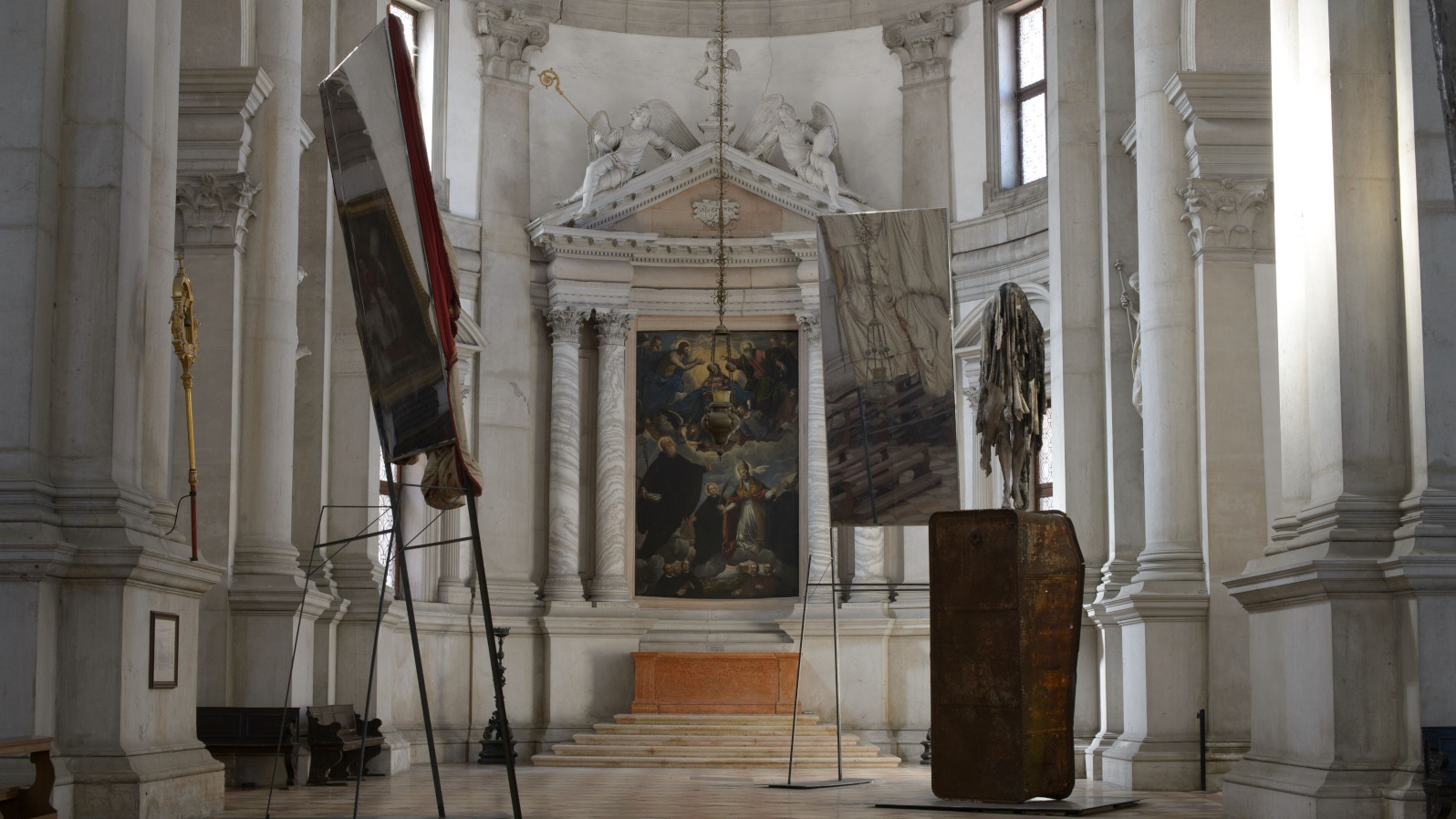 Berlinde De Bruyckere’s angels without faces touch down in Venice church
Berlinde De Bruyckere’s angels without faces touch down in Venice churchBelgian artist Berlinde De Bruyckere’s recent archangel sculptures occupy the 16th-century white marble Abbazia di San Giorgio Maggiore for the Venice Biennale 2024
By Osman Can Yerebakan
-
 Lawrence Lek’s depressed self-driving cars offer a glimpse of an AI future in Berlin
Lawrence Lek’s depressed self-driving cars offer a glimpse of an AI future in BerlinLawrence Lek’s installation ‘NOX’, created with LAS Art Foundation, takes over Berlin’s abandoned Kranzler Eck shopping centre
By Emily Steer
-
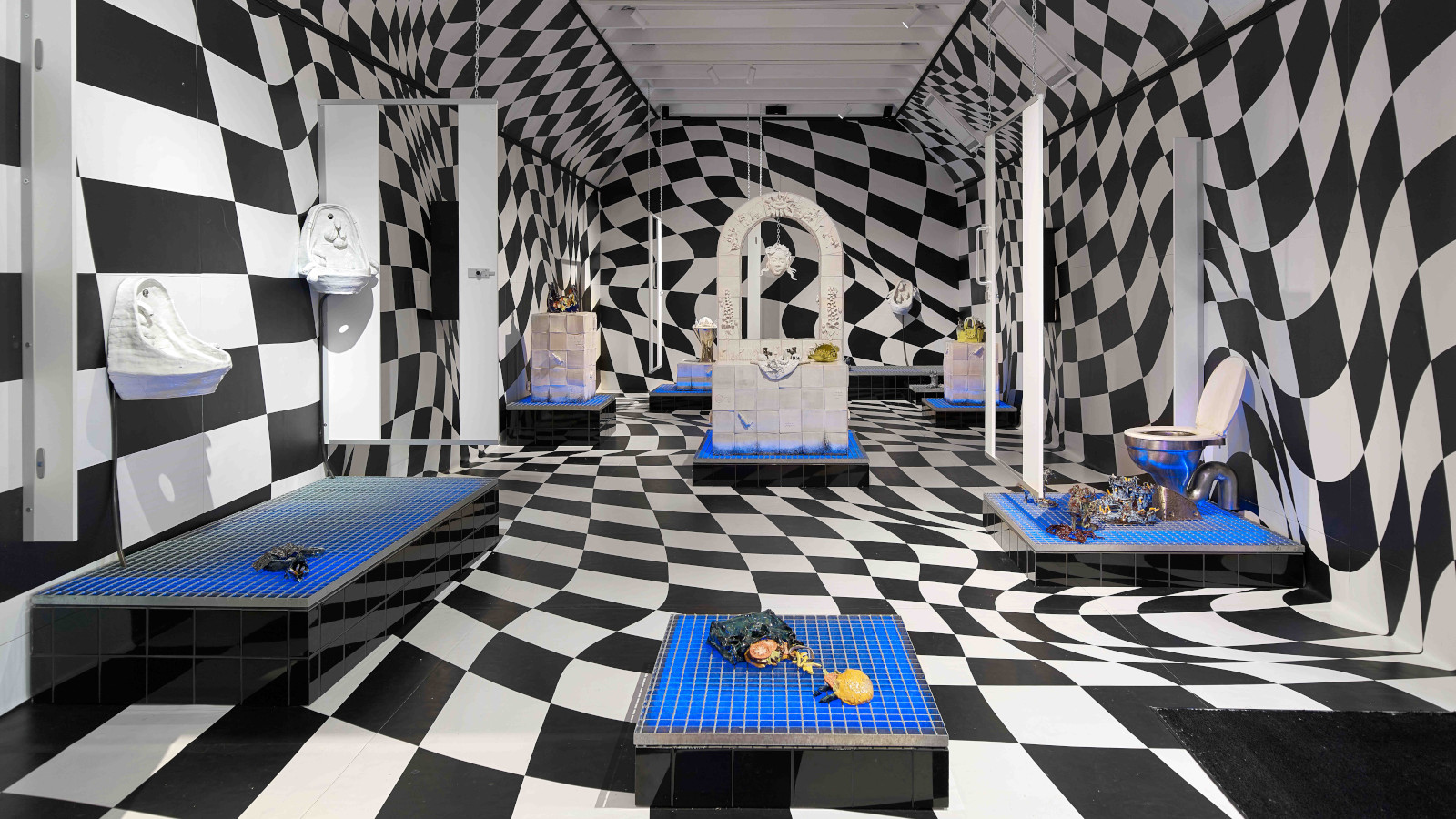 Edinburgh Art Festival 2023: from bog dancing to binge drinking
Edinburgh Art Festival 2023: from bog dancing to binge drinkingWhat to see at Edinburgh Art Festival 2023, championing women and queer artists, whether exploring Scottish bogland on film or casting hedonism in ceramic
By Amah-Rose Abrams
-
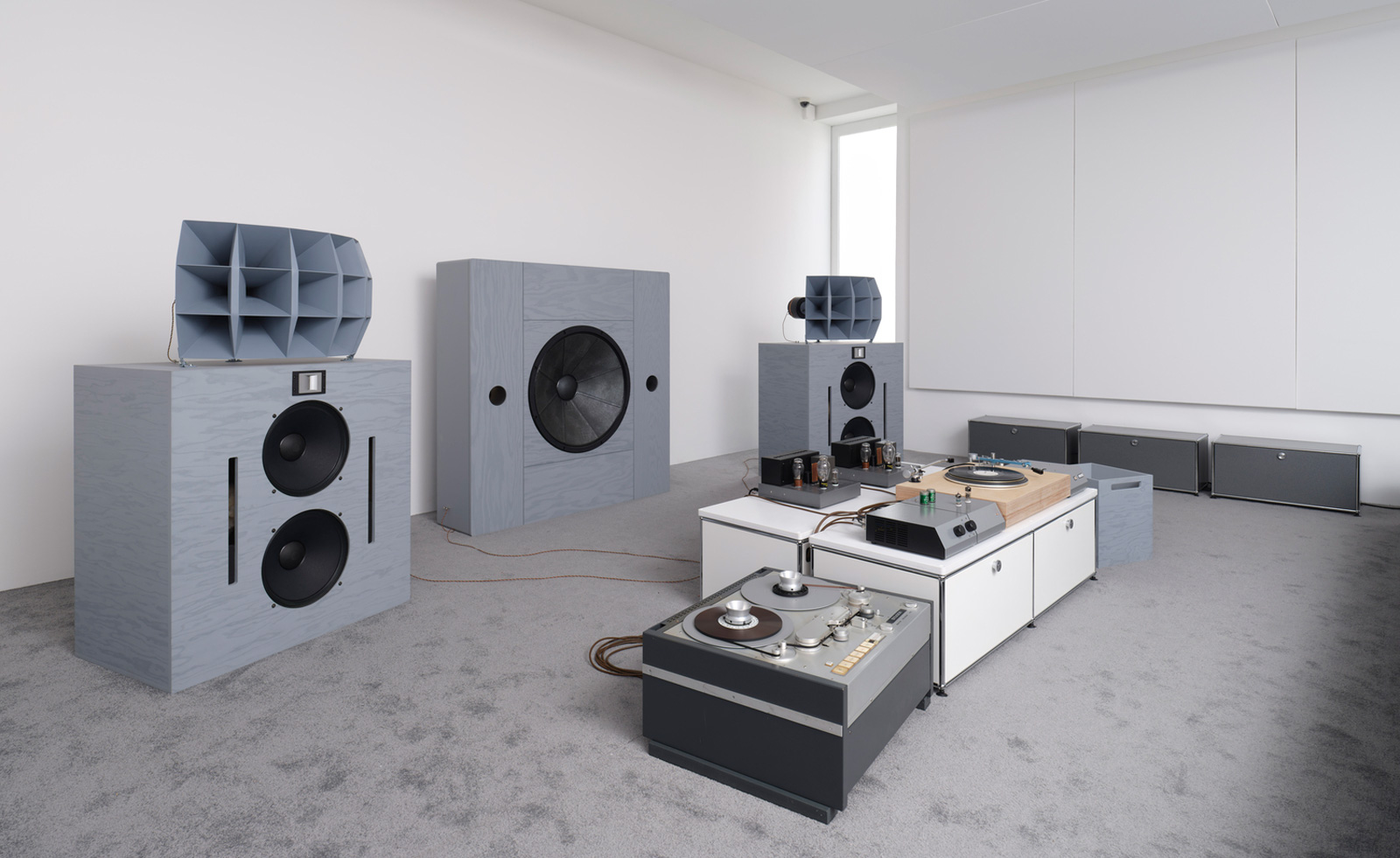 Last chance to see: Devon Turnbull’s ‘HiFi Listening Room Dream No. 1’ at Lisson Gallery, London
Last chance to see: Devon Turnbull’s ‘HiFi Listening Room Dream No. 1’ at Lisson Gallery, LondonDevon Turnbull/OJAS’ handmade sound system matches minimalist aesthetics with a profound audiophonic experience – he tells us more
By Jorinde Croese
-
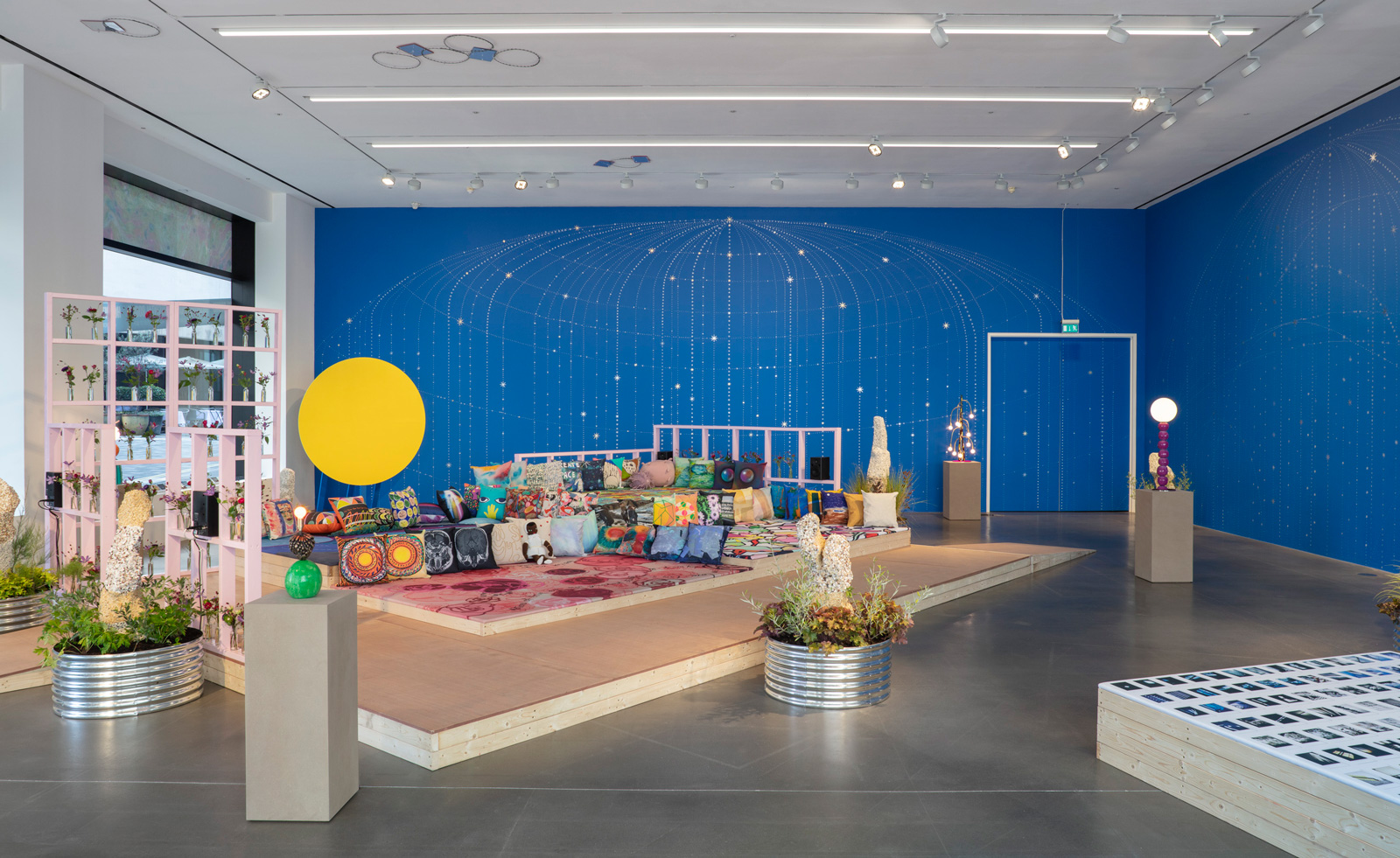 Hospital Rooms and Hauser & Wirth unite for a sensorial London exhibition and auction
Hospital Rooms and Hauser & Wirth unite for a sensorial London exhibition and auctionHospital Rooms and Hauser & Wirth are working together to raise money for arts and mental health charities
By Hannah Silver